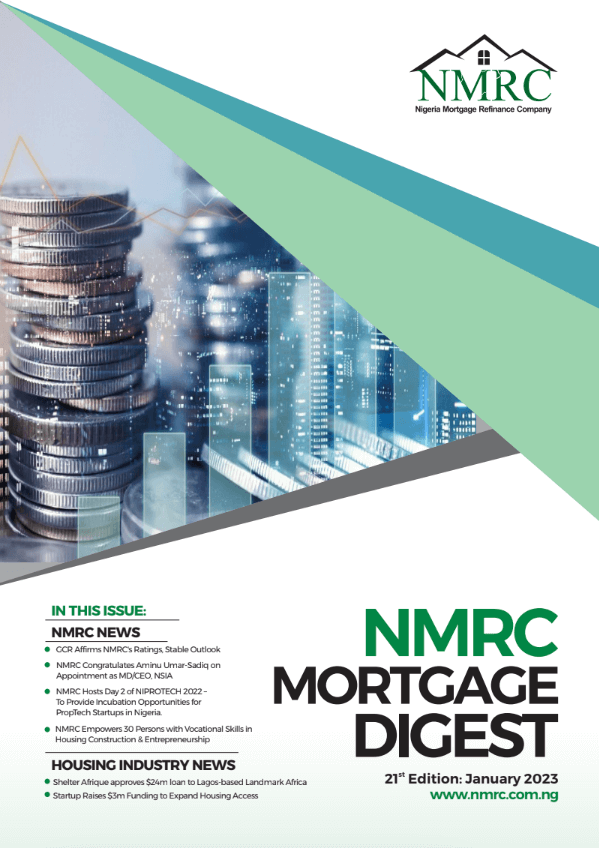Mortgage and Housing trends (Foreign)
- Home
- Mortgage and Housing trends (Foreign)
US MBA Mortgage Applications: Mortgage applications in the United States dropped 5.3% in the week ended December 20th, 2019, after a 5.0% fall in the previous week, according to data from the Mortgage Bankers Association. Refinance applications went down 5.1% while applications to purchase a home decreased 4.8%. The average fixed 30-year mortgage rate went up 1 bps to 3.99%.
Global Outlook for 2020: Analysts are of the opinion that sovereign creditworthiness in 2020 would be largely negative, reflecting expectations for the fundamental conditions that will drive sovereign credit over the next 12-18 months. A disruptive and unpredictable domestic political and geopolitical environment is worsening the slowdown in GDP growth, aggravating longstanding structural bottlenecks and increasing the risk of economic or financial shocks.
The manifestation of geopolitical tensions has been witnessed in the ongoing disruption to trade, largely due to the standoff between the USA and China. The rise of nationalistic tendencies and antagonistic political environments is also weakening global and national institutions, lowering the shock-absorption capacity of sovereigns with high debt burdens and low fiscal buffers in emerging markets like Nigeria. Analysts further noted that this will make it more difficult to calibrate domestic policy settings given the international uncertainties.
US Homebuilders & Lenders Taking the Conservative Path: In a calculated bid to prevent the subprime crisis of 2008, analysts have noted that homebuilders and lenders have chosen the path of conservatism. The lack of speculation now being applied by the developers also correlates with lenders being more conservative though builders have also become smarter with the aim of preventing the lessons learned in 2008-2009 from reoccurring. This conservative stance has been blamed for the shortage in supply and though equally frustrating from a consumer perspective, analysts generally agree that the current position is healthy from an investment and economic perspective for the U.S. housing markets (MSNBC/Case logic).
UK House price growth exceeds 1% for first time in 12 months: The average price of a house in the UK increased year-on-year by 1.4% to £215,282, rising above 1% for the first time in a year. According to analysts at Nationwide, for the three months to December 2019, this represented a 0.8% annual change on the average. Despite London being the most expensive region, the capital saw the weakest change in house prices. Analyst at nationwide also noted that “Indicators of UK economic activity were fairly volatile for much of 2019, but the underlying pace of growth appeared to slow through the year as a result of weaker global growth and an intensification of Brexit uncertainty (Mortgage Solutions UK).
Cagamas Combined Bonds & Sukuk Issuances: Cagamas announced the combined issuance of RM1.2 billion bonds and sukuk, comprising RM600 million Islamic Commercial Papers (ICPs), RM200 million Conventional Commercial Papers (CCPs) and RM400 million Islamic Medium-Term Notes (IMTNs). The proceeds from the ICPs, CCPs and IMTNs issuance was used to fund the purchases of mortgage loans and Islamic house financing. Cagamas concluded 2019 with the combined issuance being the Company’s 26th issuance exercise which brings the aggregate issuances for the year to RM10.2 billion, marking the Company’s third consecutive year surpassing RM10 billion worth of issuances. (Cagamas Press Release).
U.S Fed delivers Rate cut: In line with broad market expectations, the U.S Federal Reserve cut interest rates by 25 basis points to a range of 1.5% to 1.75%, in response to continued slowdown in the U.S economy amid ongoing trade disputes and weak global growth. Notably, this represents the third cut in four months, as concerns about the impact of the trade war-on the world’s largest economy and by extension the global economy- have increased over the past months. The decision of the U.S Fed came at a time when the US Commerce department reported a GDP growth of 1.9% in Q3, the first time since Q4 2018 in which the US economy has grown at a rate slower than 2% (Mortgage News Daily).
Climate change risk to drive ‘significant cost increases’ for mortgage market: Mortgage market needs to start incorporating climate risk into its decision making. According to the Green Finance Institute climate change represented the “single greatest systemic risk to the stability of financial services”. The challenge for lenders is to prioritize the development of the expertise to enable them keep oversight of the risks that are building in the mortgage books as a default part of our thinking. Analysts at the Green finance Institute expects the consideration of climate change to result in “significant cost increases” including “home price declines, mortgage losses and a market correction” this is in addition to earlier warnings that climate change could “bust the mortgage market” in Parts of Europe and America. Analysts at the Green finance institute further noted that those who foresaw the risk from underwater subprime mortgages are shifting their focus to the risk of homes sinking underwater as part of the long-term risk of the impact of climate change on the mortgage market (Green Finance Institute).
Request Call Back
+234 09 460 3430 +234 803 048 6270
















